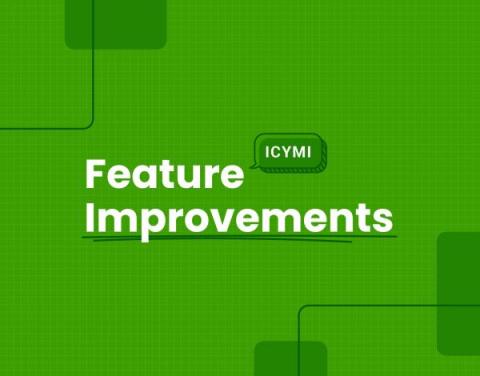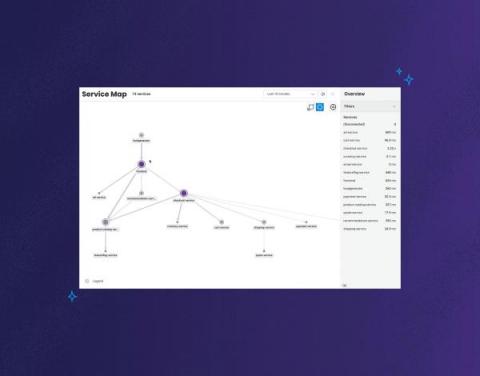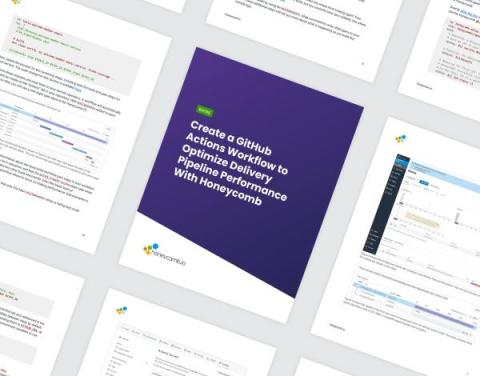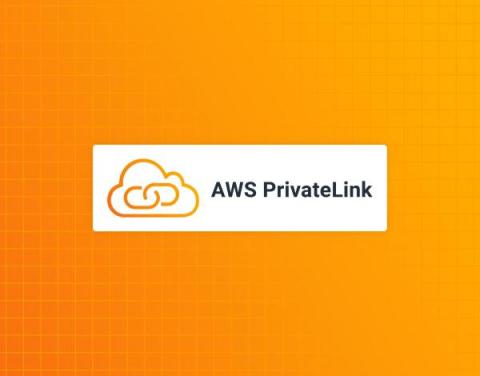Feature Focus: October 2022
There are a ton of leaves in my yard, and I’m slowly coming out of a weeklong sugar coma. That can only mean October has come and gone. Let’s take a peek at what new and noteworthy changes Honeycomb has made since we last checked in.











